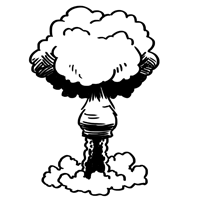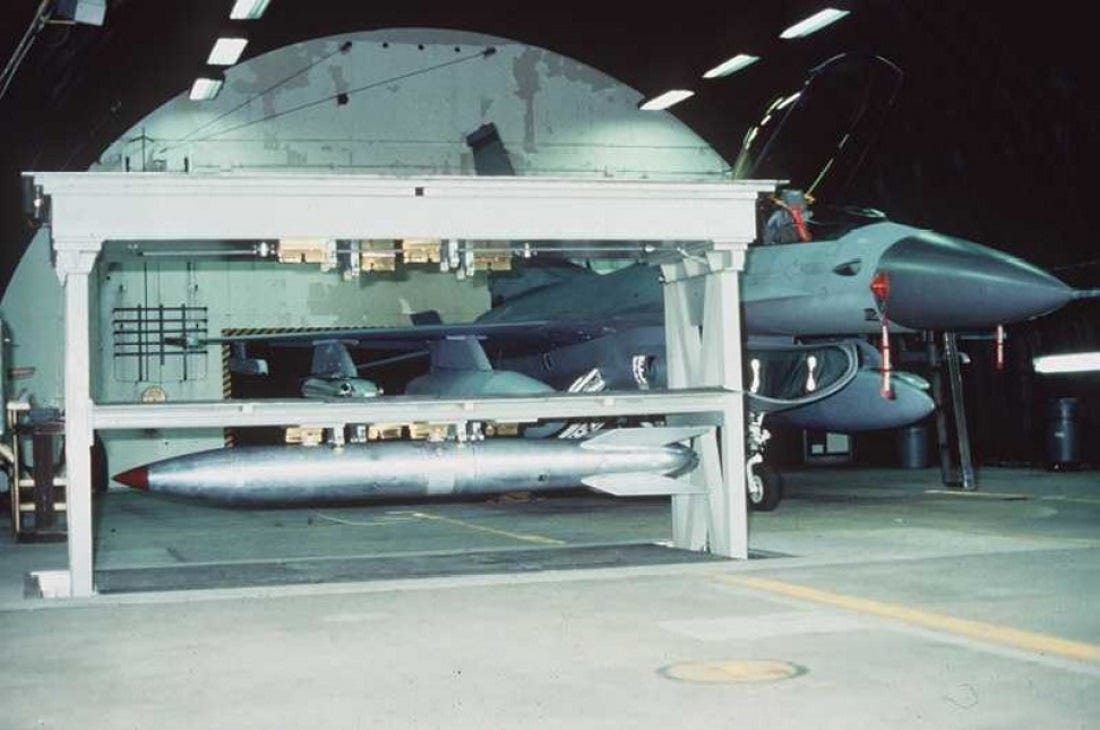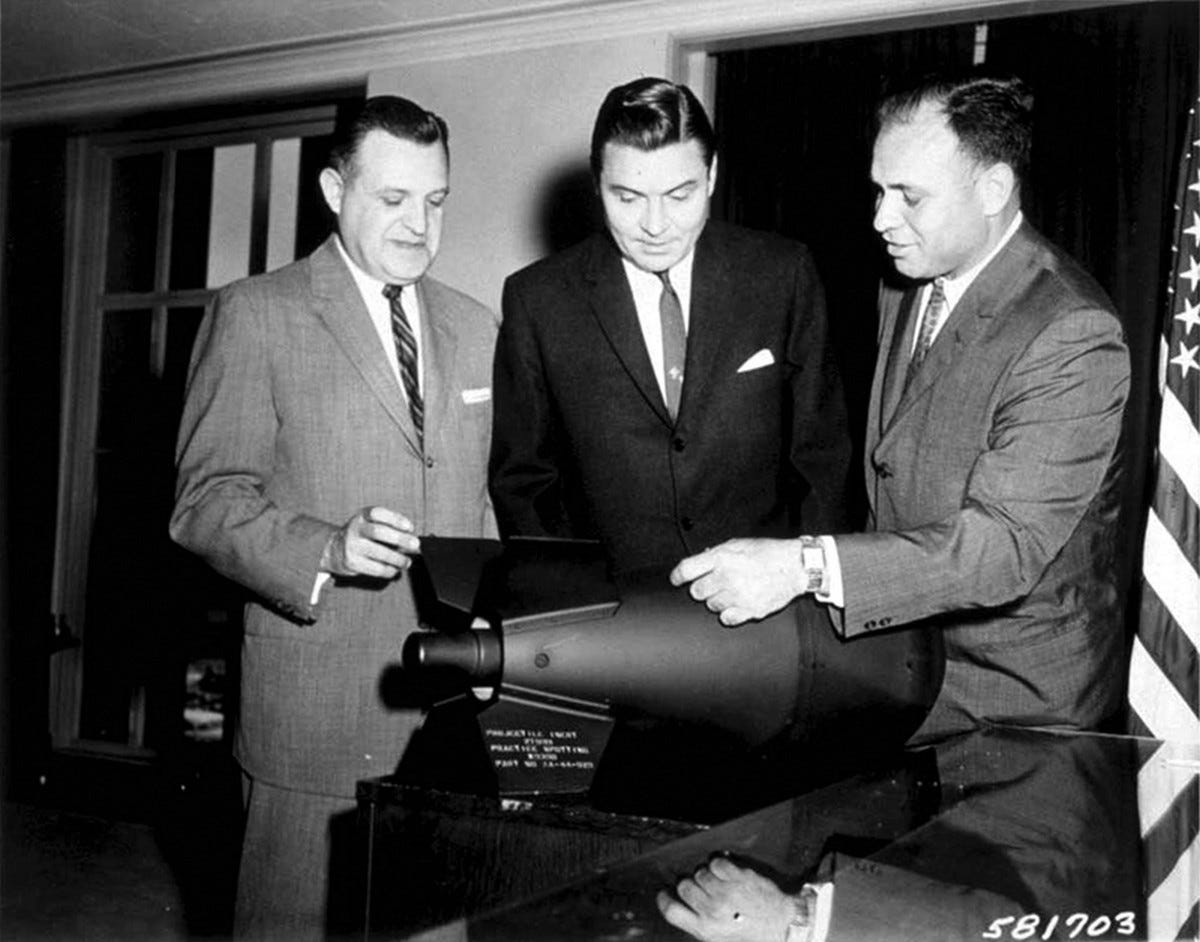| The scale of the display models are actually 1:1, and it was already technologically very miniaturized. |
Frst hydrogen bomb with a yield of 3300 kilotons successfully detonated in 1967.
The Father of China‘s H-Bomb 于敏院士 Academician Yu Min
Almamater Peking University, Physics Department,
and he had never studied abroad.
Yu Min received the highest Science and Technology Award 2014
H-Bomb design of both USA and USSR was based on Teller-Ulam's designing structure, while China followed its unique design which was very different from Teller-Ulam's.
USA: The first country developed its fusion bomb.
USSR: The second country developed the fusion bomb, but the West has accused USSR of stealing the design layout of Teller-Ulam.
UK: Being assisted by the US.
China: Developed its new design layout for the fusion bomb.
France: Unknown, probably got their design layout from the UK.
China's atomic blast in 1964, with a yield of 22 kilotons and being successfully detonated, was an amazing achievement, because their atomic bomb was designed without supercomputers.
Incredibly, in three short years, made the leap to a 3.3 megaton thermonuclear blast in 1967.
------------------------------------------
The A-10 Could Have Become a Nuclear Strike Plane
It would’ve been pilot suicide
Despite what the Pentagon and senior Air Force leaders might say, the A-10 Warthog is far from “single-purpose airplane.” But dropping nuclear bombs might be one of the things the low- and sl0w-flying attackers actually can’t do.
But the Air Force once briefly considered the idea.
In
December 1975, Secretary of Defense Bill Clements wanted to know how
much it would cost to modify F-15 and F-16 fighter jets so they could
carry atomic weapons. Two months later, the Air Force sent back data on
what it would take to upgrade those two types of aircraft—or the
A-10—with nukes.
“For
your information, we have also provided similar cost data on the A-10
aircraft,” states an unclassified memo War Is Boring obtained from the
Air Force Historical Research Agency. “The estimated cost to make 275
A-10s nuclear-capable is $15.9 million.”

The
total amount—equivalent to more than $65 million today—would cover
developing and testing the required equipment, and installing it on the
Warthog fleet.
The flying branch’s calculations included systems needed to support B-43, B-57 and B-61 bombs.
At
the time, these three bombs were the standard nuclear weapons for
aircraft in the U.S. military. If a shooting war broke out in Europe,
America’s NATO allies would have gotten access to these weapons, too.
Newer versions of the B-61 remain in service today.
 |
| A-10s. Air Force photos |
Obviously, the Air Force never ended up arming the A-10s with nukes.
But
Clement’s desire for more nuclear-armed aircraft is hardly surprising.
During the Cold War, the Pentagon expected to use nuclear bombs, artillery shells and missiles to fend off a Soviet invasion of Europe.
“As
new aircraft are coming online in the 1970s, their use as nuclear
delivery aircraft would have been discussed,” Air Force historian Brian
Laslie says. “Tactical delivery of nuclear weapons was surely to be in
planning documents for a European theater conflict.”
For
many in Washington, the devastating power of atomic arms was the only
way to deter the Kremlin. On paper at least, Moscow and her Warsaw Pact
allies had a terrifying advantage in sheer numbers of tanks and other
armored vehicles.
“Since
1968 the USSR has built over 65,000 armored vehicles for
maneuver—nearly four times as many tanks as the United States, some
three times as many armored infantry carriers,” warned a recently
declassified Central Intelligence Agency article published in 1980.
But why the Air Force would offer up a nuclear-armed A-10 as a potential solution isn’t entirely clear.
While
the Warthogs boast an impressive and unequaled array of ground attack
capabilities, the straight-winged strike planes are poorly suited at
best—and a death trap at worst—for a nuclear bombing run.
“This
is a ‘could versus should’ question,” says a senior Air Force weapons
and tactics planner, who spoke to War Is Boring on the condition of
anonymity. “Certainly, the A-10 could have been modified for nuke
delivery.”
“However, the more to the point question is whether or not it should have,” adds the official, who is also a former Warthog pilot. “In my opinion, I can see practically no reason to do so.”
The problem is that while the aircraft certainly could have delivered the bombs to their intended targets, the pilots probably couldn’t
make it back alive. The Warthog’s slow speed, so valuable when
supporting troops on the ground, could have easily turned the entire
affair into a suicide mission.
While
the exact specifics are classified, a B-61 bomb can likely create a
fireball almost a mile wide, according to data from nuclear historian
Alex Wellerstein’s Nukemap Website.
The
approximate radius of the air blast from the weapon going off—where
“most residential buildings collapse, injuries are universal [and]
fatalities are widespread”—would extend more than three miles from
ground zero, Wellerstein’s site adds.
Fast-moving
fighter jets would have trouble escaping the aftermath of these massive
explosions. On a nuclear mission, the Air Force expected its fighter
pilots to fly toward their targets at altitudes greater than 30,000 feet
before lobbing bombs at the enemy.
With
the bombs flying in an upward arc onto the target, the method would
hopefully give the aircraft enough time to fly clear of the blast. But
it’d still be a close call. The slower A-10s probably wouldn’t make it.
 |
| B-61 bomb or inert training version next to an F-16 fighter jet. Air Force photo |
“The
fact that F-15E Strike Eagles and other fighters would have had
difficulty egressing [the area] after nuclear delivery indicates that
any A-10 using nuclear weapons would not have survived,” Laslie says. “I
just don’t think any nuclear delivery profile would have been
sufficient for an A-10.”
The
A-10 pilots would have had to hope for the best. But weapons fitted
with a timed fuze might have bought just enough time for the Warthogs to
get away from the impact site.
“Here’s one possibility … a last-ditch mission profile intended to blunt a Warsaw Pact breakthrough along the German border,” the Air Force officer suggests as one reason for sending the Warthogs on a nuclear mission.
Needless
to say, the Air Force didn’t recommend strapping atomic weapons to the
A-10s. Nor is there any record that the Air Force considered the idea
ever again.
“I
do not think I ever heard this capability discussed,” the former A-10
pilot says. “My guess is that we would have had a good laugh at the idea
had it ever come up.”
The consensus appears to be that lobbing nuclear bombs is one thing the venerable Warthogs can’t—and shouldn’t—do.
by JOSEPH TREVITHICK. medium.com
Davy Crockett

U.S. Atomic Energy Commission officials examine the Davy Crockett’s atomic round containing the W-54 warhead. U.S. Department of Energy photo
Declassified film from 1962 shows the detonation of a Davy Crockett nuclear round, the last U.S. atmospheric test of a nuclear weapon.

Post a Comment Blogger Facebook Disqus